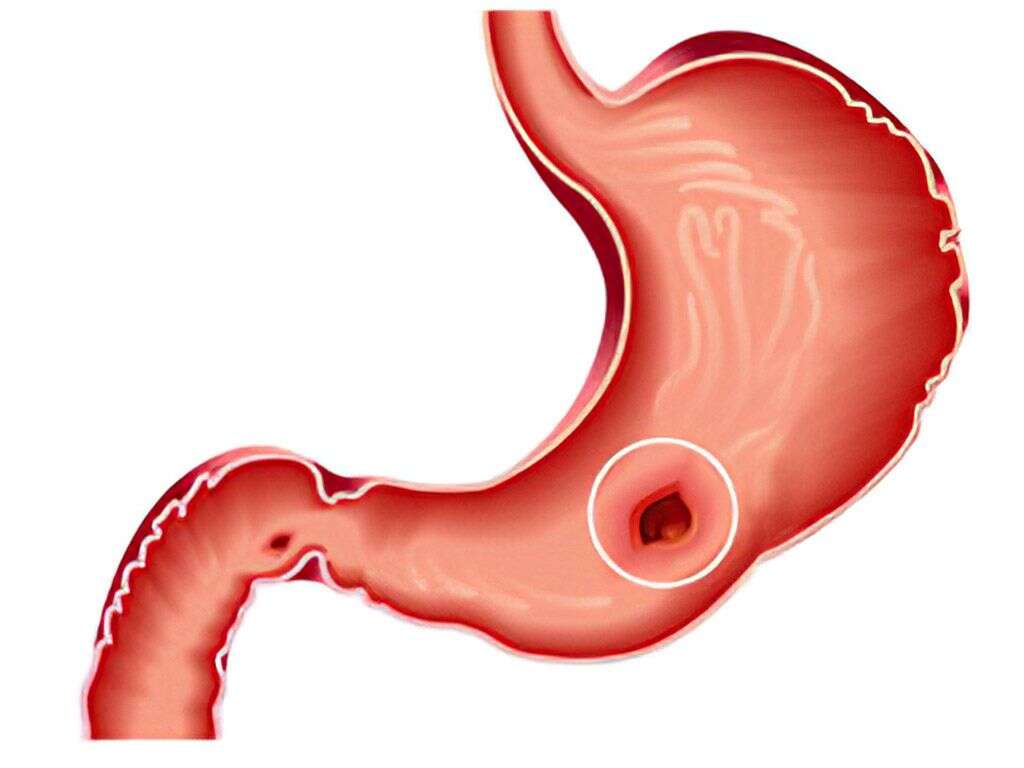What Is H. Pylori?
7. Disease Process
While a staging system for the infection does not really exist, there are some phases of the disease that can be well described. It begins with chronic gastritis or the inflammation of the stomach lining that appears slowly over time. This is then followed by atrophic gastritis which refers to the loss of glandular cells that are part of the gastric mucosa.
Experts have found that the extent and severity of atrophic gastritis is correlated with the risk of gastric cancer. Later, intestinal metaplasia will follow. This involves the replacement of the atrophied gastric tissue with intestinal-type lining, glands and fibrous tissue. This transition is considered to be a premalignant change, which means that under persistent stress it can progress to dysplasia and eventually result in gastric adenocarcinoma. Although a very slow process, the prognosis is poor. Furthermore, there is another type of malignancy associated with H pylori infection. MALToma is a form of lymphoma that involves the lymphoid tissue associated to mucosal sites (i.e. gastric mucosa). In these patients, EGD and ultrasonography should be considered to ensure a precise staging of the disease.
Advertisement










